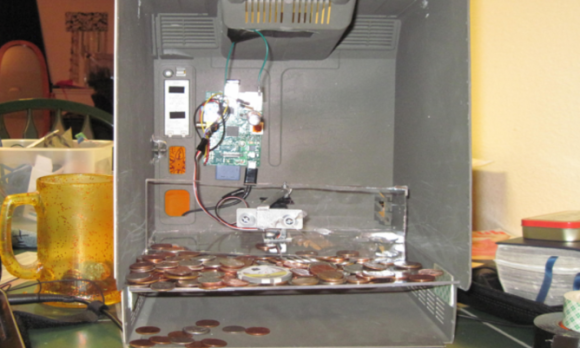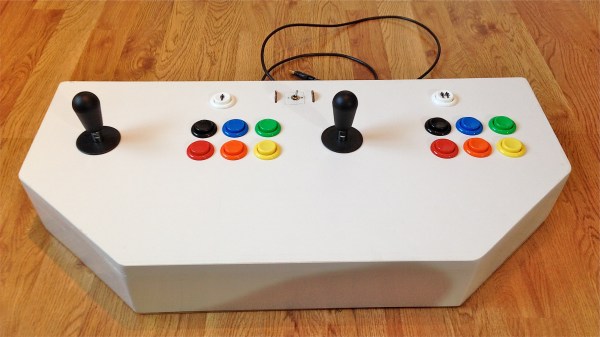
[SoggyBunz] lucked up and scored an Ultimate Raspberry Pi Bundle from Element 14. His idea was to use a Raspberry Pi to make a retro-mechanical arcade Coin Dozer game, and decided to build his first prototype inside a vacant Macintosh Plus shell.
The game is based on a Raspberry Pi running a small Python script. The Raspi operates a small servo that moves a piece of acrylic back and forth in a somewhat random fashion. The coins are inserted into slots cut into the Macintosh shell and eventually pile up. The moving acrylic lever pushes your winnings out of the machine and deposits them on whatever it’s sitting on, unlike this coin dispensing machine.
[SoggyBunz] concedes that the build is a bit rough and a servo is not the best choice of an actuator. But he aims to build a much improved version, and we can only hope he puts it on Hackaday.io and tips us in! Stick around after the break for a video of the Pi Dozer in action.
Continue reading “Raspberry Pi Coin Dozer Won’t Make You Rich”














